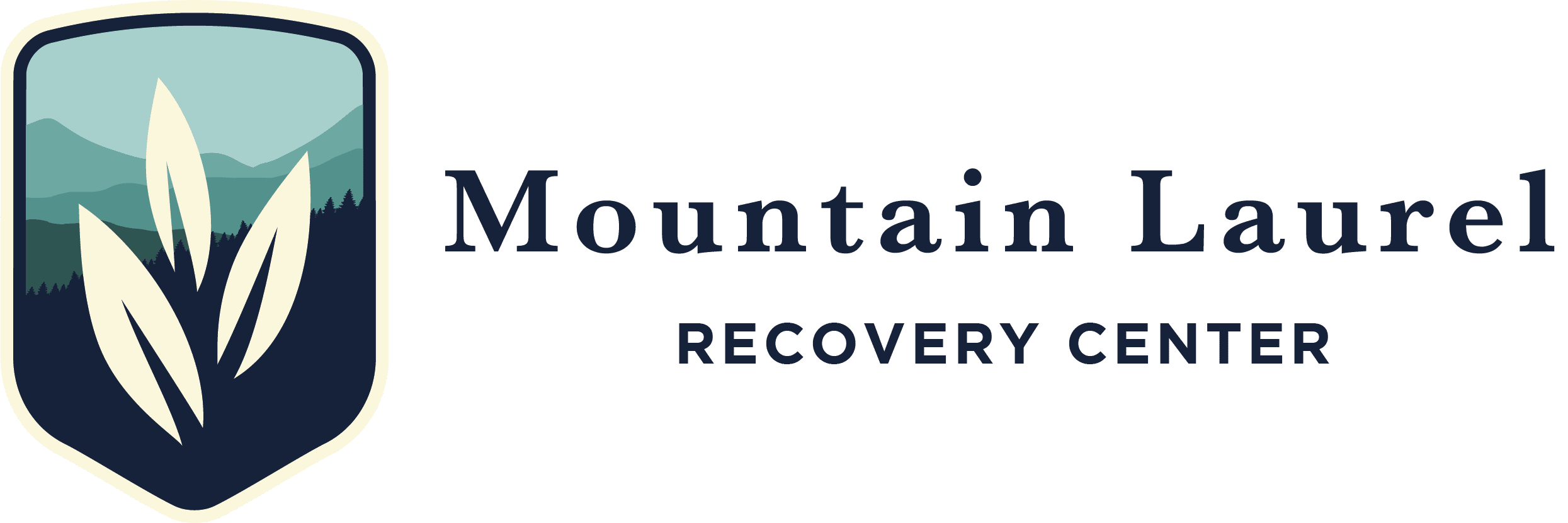 Fatal drug overdoses have increased dramatically in Pennsylvania over the past two years, up 23.4% from 2014 to 2015, and up 37% from 2015 to 2016.
Fatal drug overdoses have increased dramatically in Pennsylvania over the past two years, up 23.4% from 2014 to 2015, and up 37% from 2015 to 2016.
Of the 4,642 fatal overdoses in 2016, 85% were due to prescription or illegal opioids, according to a DEA report that will be released later this year. As of 2014, Pennsylvania ranked 8th in the country for the number of fatal drug overdoses.
What the PA Government Is Doing About the Crisis
The alarming rise in drug overdose deaths has led to a bipartisan investigation of opioid marketing and addiction in Pennsylvania. To date, the following actions have been taken to address the opioid crisis in PA.
- Governor Wolf secured $20.4 million in the 2016-17 budget to establish 20 Opioid Use Disorder (OUD) Centers of Excellence, including Medicaid-funded Centers, that will reach 4,500 people struggling with OUD who cannot afford or access other treatment. The Centers will provide medication-assisted treatment (MAT) along with access to therapy and employment assistance.
- In August of 2016, a redesigned Prescription Drug Monitoring Program (PDMP) became fully operational. The PDMP is run by the Department of Health and open to licensed health professionals (instead of just to law enforcement). Now, health professionals who prescribe and dispense opioids will be able to monitor these prescriptions and access medication histories; this system will help its users recognize potentially inappropriate medication use.
- In 2016, opioid prescribing guidelines were implemented and a Safe and Effective Prescribing Practices Task Force was formed, made up of various state agencies, representatives from medical associations, provider advocates, and community members. The Task Force has developed and adopted further guidelines for six medical specialties on the use of opioids for pain treatment.
- In 2015, Governor Wolf equipped PA police officers with naloxone to reverse opioid overdose, approved the use of naloxone in schools, and signed a standing order making it possible for all Pennsylvanians to access naloxone when needed.
- Federal grant money has been used since 2016 to train primary care doctors in rural areas of PA to administer OUD treatment and to connect with the larger health system, community resources, and clinical specialists to develop a thriving treatment program.
- Since late 2016, the state has provided training to ER doctors and healthcare professionals about how to identify patients with substance abuse disorder and get them into treatment. Also, $1.5 million has been allotted to human services agencies to provide MAT to inmates with substance abuse disorder.
It’s too early to tell whether these changes will affect the number of opioid overdoses. Skeptics point out that even government initiatives with the best intentions tend to suffer from inefficiency. For example, after summarizing the new prescribing guidelines, the Allegheny County Medical Society notes that the guidelines increase the administrative burden on physicians in treating patients “as well as potential licensure sanctions and liability for failing to comply with the new requirements.”
Despite the burden that some of these changes will cause, the government’s efforts so far seem to have bipartisan support, showing that our leaders are aware that opioid use disorder is a crisis and that government money and services can help alleviate the problem.
What You Can Do About the Crisis
Other than being aware of government resources and supporting the candidates who you think will best address the opioid crisis, you can do several things in your own home and community to help.
- Learn about opiate use disorder and understand that it can happen to anyone. You do not need to have a history of addiction to succumb to the addictive properties in opioid-based painkillers. If your doctor prescribes such a medication, listen carefully to the warnings, take the medication only as prescribed, and wean yourself from it as quickly as possible.
- Communicate with all of your health care practitioners about the medications you’re taking to help ensure your prescriptions aren’t redundant and don’t conflict with each other.
- Dispose of unused medications in one of your county’s drug take-back locations. This will prevent others from obtaining and using your medication without a prescription.
- Learn about the symptoms of opiate use disorder so you can self-diagnose or recognize when a loved one might be developing an addiction.
Don’t be ashamed or frightened if you begin to notice addictive behavior in yourself or someone you love. Opioids are incredibly powerful drugs that can hijack your brain. Talk to your doctor or call a treatment center like Mountain Laurel Recovery Center to learn more about treatment options.
The PA Hotline for help with a prescription drug or heroin problem is 1-800-662-HELP. The hotline is staffed by professionals, open 24/7, and available in both English and Spanish. To find out more about PA treatment centers, including Single County Authorities (SCAs), Centers of Excellence, and other care providers, visit the Get Treatment page at pa.gov.
The following links provide more information about Pennsylvania’s OUD resources:
Centers of Excellence
How to Get Naloxone
Opioid Prescribing Guidelines
PA Department of Human Services
Certified Community Behavioral Health Clinics (CCBHCs)

 Fatal drug overdoses have increased dramatically in Pennsylvania over the past two years,
Fatal drug overdoses have increased dramatically in Pennsylvania over the past two years,